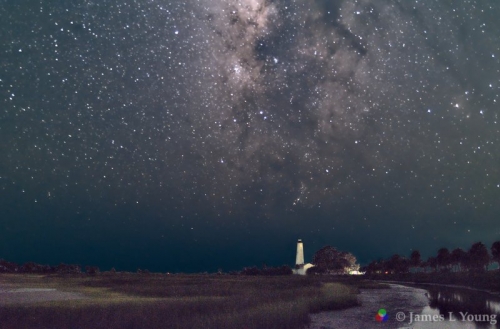The relighting of the Historic St. Marks Lighthouse with its newly installed lantern was celebrated on October 31, 2019,coinciding with the 88th anniversary of the creation of the St. Marks National Wildlife Refuge.
While volunteers interpreted the Lighthouse Keepers’ Quarters for visitors, the Refuge staff, volunteers, and Friends of St. Marks Wildlife Refuge prepared for the ceremony with an eye on the radar. A narrow squall line approaching from the west delivered a quick drenching rain and then colorful clouds as the sky cleared and the festivities continued on schedule.
Continue reading “St. Marks NWR Lighthouse Relighting Ceremony.”

